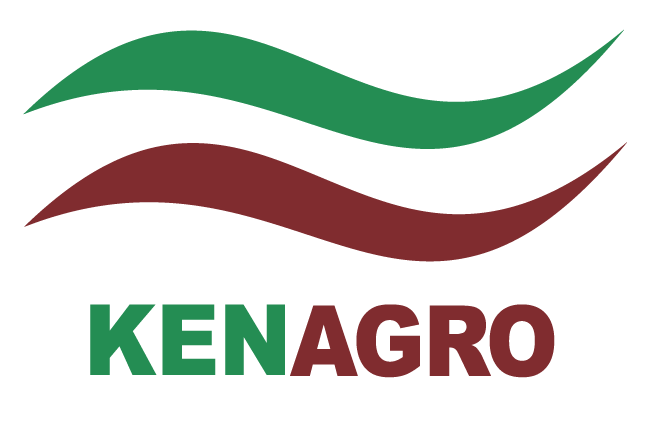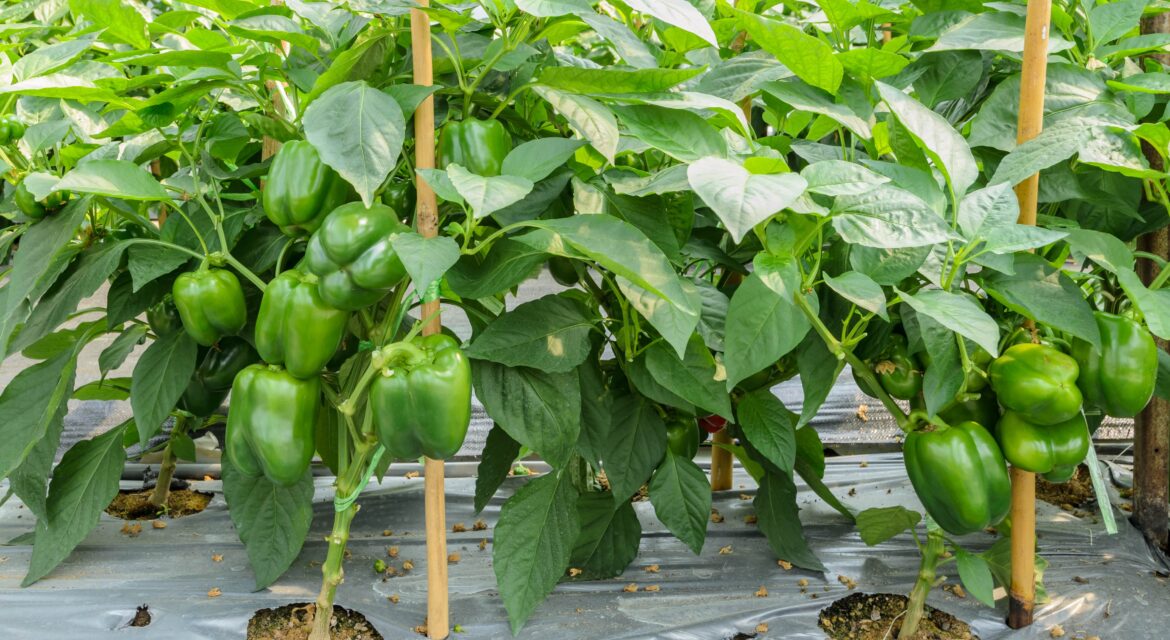Capsicum and chilli farming in Kenya presents a high-value opportunity for farmers looking to supply fresh produce to domestic and export markets. Also known as sweet peppers (capsicum) and hot peppers (chillies), these crops are in demand among hotels, households, food processors, and export buyers.
With proper planning, crop care, and marketing strategies, farming capsicum and chillies in Kenya can deliver high yields and attractive returns.
1. Crop Selection and Planning
Start by choosing the appropriate variety of capsicum or chilli based on your climate, market preference, and disease resistance.
Popular Capsicum Varieties in Kenya:
- California Wonder – Blocky fruits, suitable for green/red harvest
- Yolo Wonder – Sweet, thick flesh, good for salads and stir-fries
- Indra F1 – High yielding, disease-tolerant hybrid variety
Popular Chilli Varieties in Kenya:
- Bird’s Eye Chilli – Small, extremely hot, used for export and processing
- Bullet Chilli – Medium hot, used in sauces and cooking
- Scotch Bonnet / Habanero – Aromatic and very hot, highly marketable
Planting Seasons:
- Rain-fed production: March–May or October–November
- Irrigated farming: Year-round production possible
Evaluate market demand (local, export, processors), water access, and input availability before large-scale planting.
2. Soil and Climate Requirements
Both capsicum and chillies thrive in well-drained, fertile soils under warm, humid conditions.
Ideal Conditions:
- Soil type: Loamy or sandy-loam, rich in organic matter
- Soil pH: 5.5–6.8
- Temperature: 18°C–30°C (avoid frost-prone zones)
- Rainfall: 600–1,200 mm annually with supplementary irrigation
Ensure good soil drainage to prevent root diseases and rot.
3. Land Preparation and Planting Techniques
Land Preparation:
- Plough and harrow to achieve fine tilth
- Prepare raised beds for better drainage
Seedling Production:
- Sow seeds in trays or nursery beds
- Transplant after 4–6 weeks when seedlings are 15 cm tall
Spacing:
- Capsicum: 60 x 45 cm
- Chilli: 50 x 30 cm (variety dependent)
Apply compost or DAP during transplanting for root establishment.
4. Crop Management (Irrigation, Fertilization, Weeding)
Irrigation:
- Maintain consistent soil moisture, especially during flowering and fruiting
- Avoid waterlogging to prevent fungal diseases
Fertilization:
- Basal: Compost + DAP at transplant
- Top dressing: CAN or NPK 3–4 weeks after transplanting
- Use foliar feeds and calcium to prevent blossom end rot
Weeding and Mulching:
- Weed regularly, particularly during early growth
- Mulch to suppress weeds and retain moisture
5. Pest and Disease Control
Common Pests:
- Aphids
- Whiteflies
- Thrips
- Fruit borers
Common Diseases:
- Bacterial wilt
- Powdery mildew
- Anthracnose
- Blossom end rot
Control Measures:
- Use certified seeds and disease-resistant varieties
- Practice crop rotation with legumes or cereals
- Use biopesticides or safe chemical sprays as needed
Maintain good spacing and field hygiene
6. Harvesting and Post-Harvest Handling
Capsicum and chillies are harvested based on colour and maturity.
Harvesting Guidelines:
- Capsicum: Harvest when fruits are green, red, or yellow depending on market preference
- Chilli: Harvest when fruits turn red, orange, or dry on the plant
Post-Harvest Tips:
- Use clean tools to harvest
- Grade based on size, colour, and quality
- Transport in ventilated crates to prevent bruising
- Store in cool, dry places if not selling immediately
7. Marketing and Value Addition
There’s rising demand for fresh capsicum and chillies in Kenya, especially in urban markets, hotels, and export channels.
Marketing Strategies:
- Sell through local markets, supermarkets, and brokers
- Form cooperatives to access bulk buyers and exporters
- Time your harvest to meet off-season market demand
Value Addition Opportunities:
- Dried chilli powder
- Pickled chillies
- Processed sauces and pastes
- Pre-packed capsicum strips for cooking
8. Farm Business and Record Keeping
Smart Farm Management Tips:
- Keep detailed records: inputs, labour, yield, disease control, sales
- Monitor profits and loss per cycle
- Access farm loans, crop insurance, and agribusiness training
- Use mobile apps for weather forecasts, agronomy tips, and pricing
Unlocking the Potential of Capsicum and Chilli Farming in Kenya
Capsicum and chilli farming in Kenya offers a high-income opportunity for farmers who adopt the right agronomic practices, irrigation, pest control, and marketing strategies. Whether for domestic consumption or export, these crops can transform small farms into thriving agribusinesses.
With good crop selection, soil management, and timely harvesting, Kenyan farmers can tap into growing market demand and build sustainable incomes through pepper farming.




